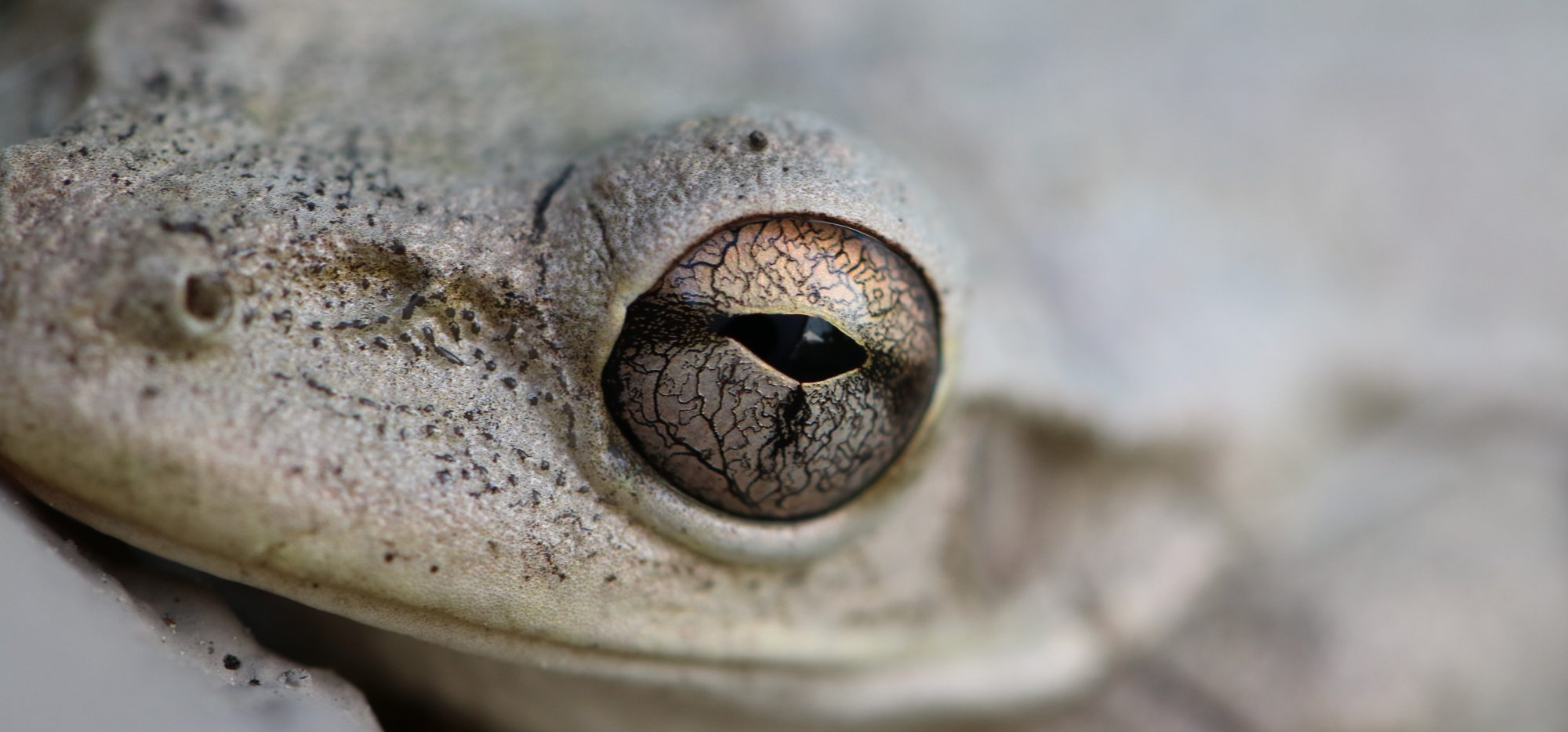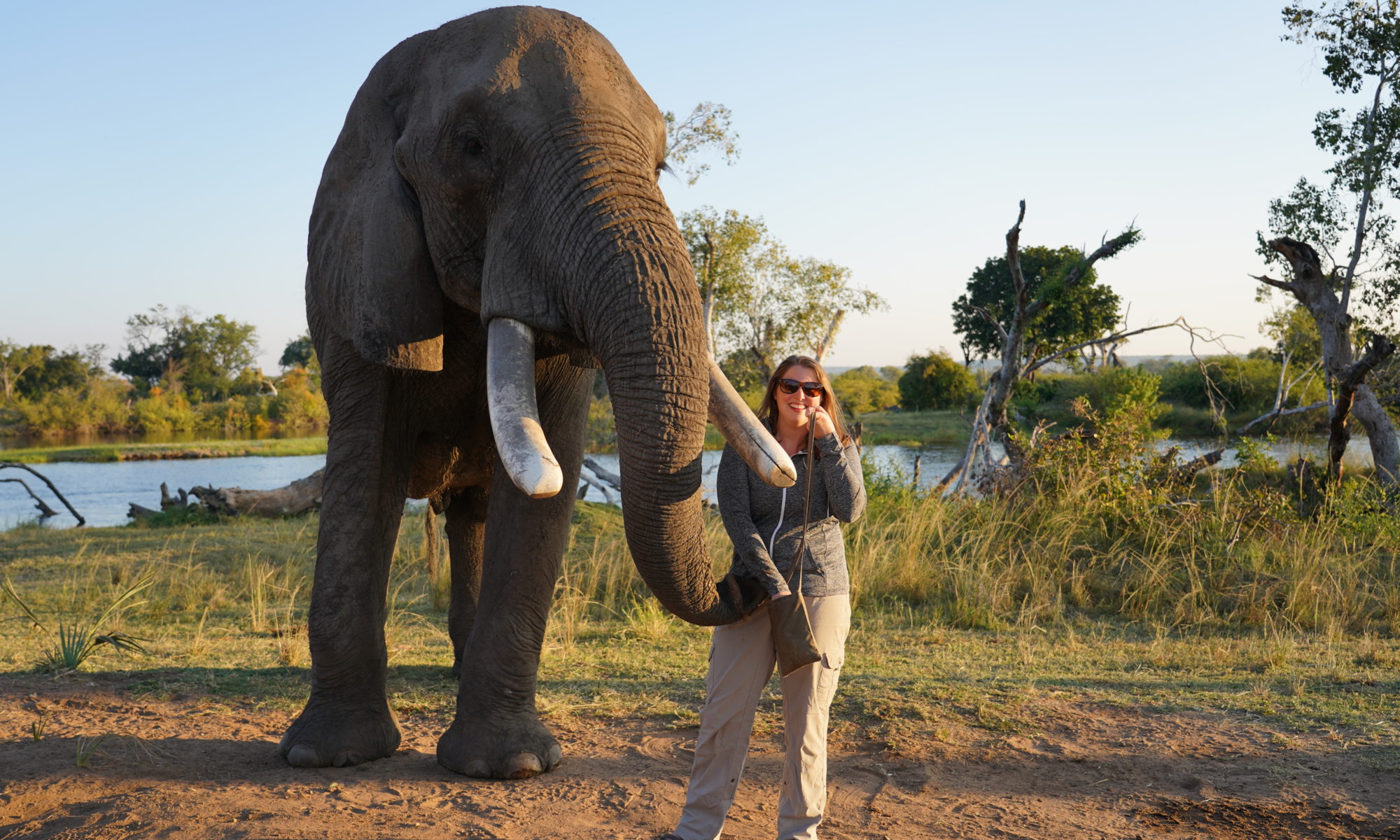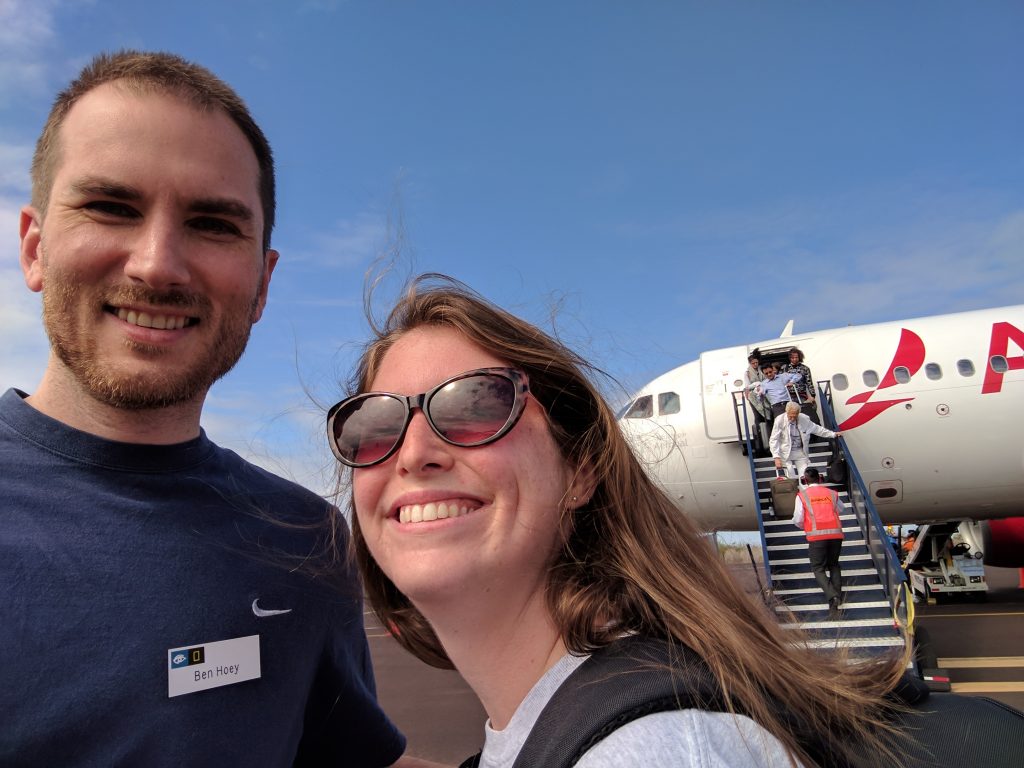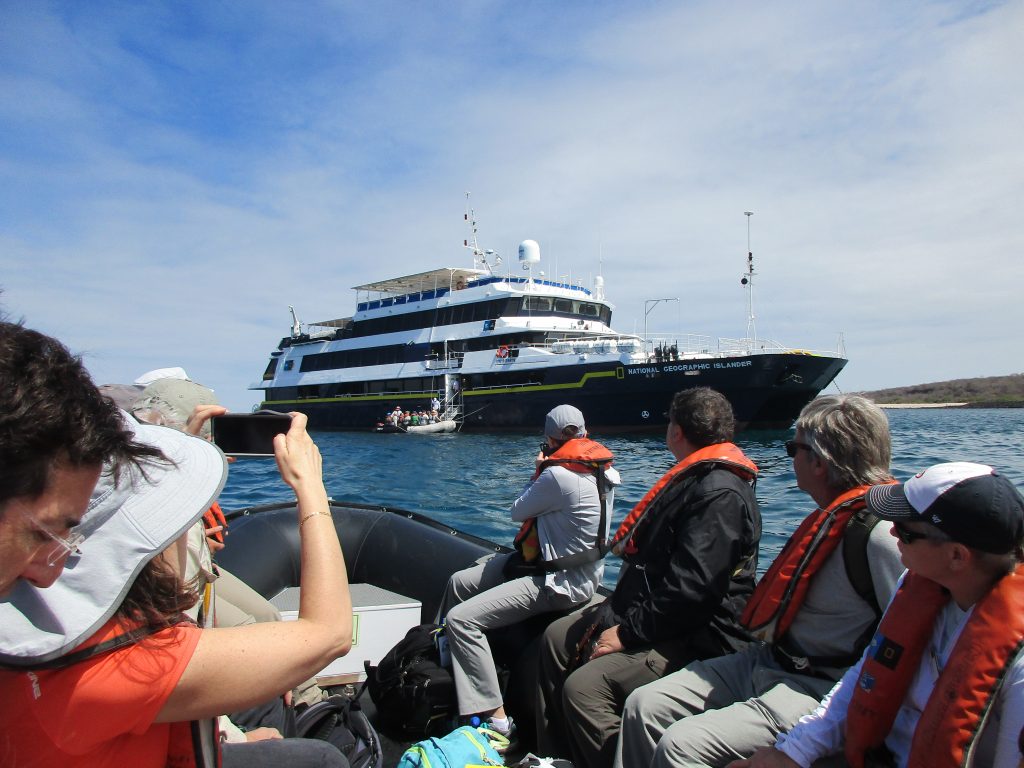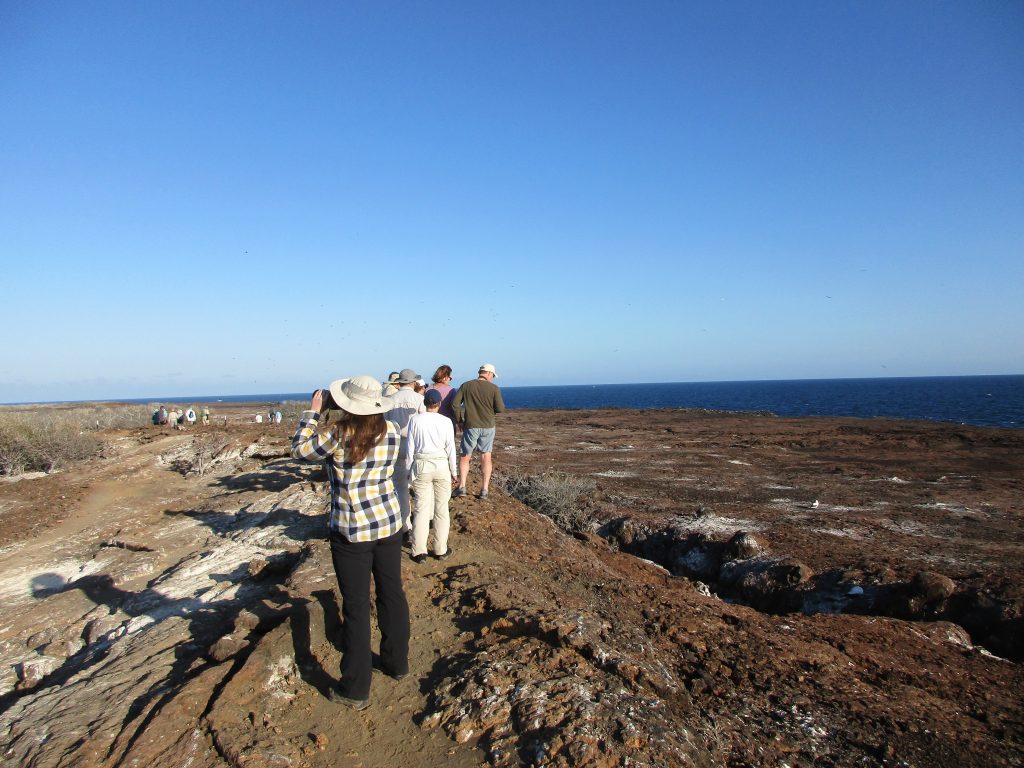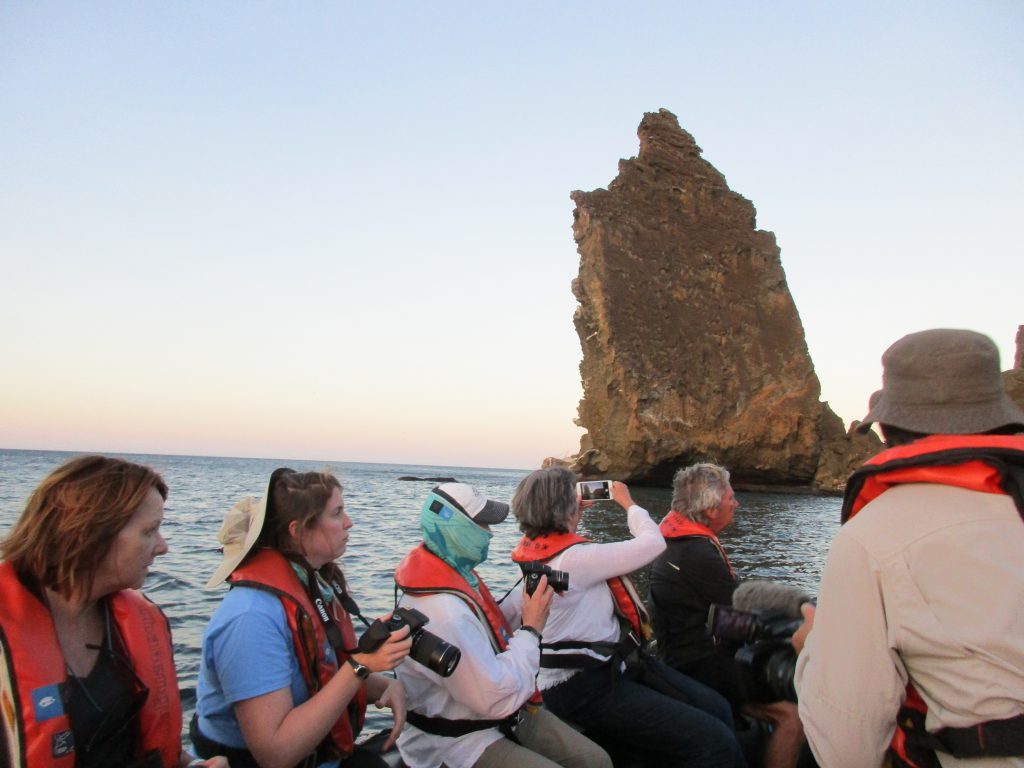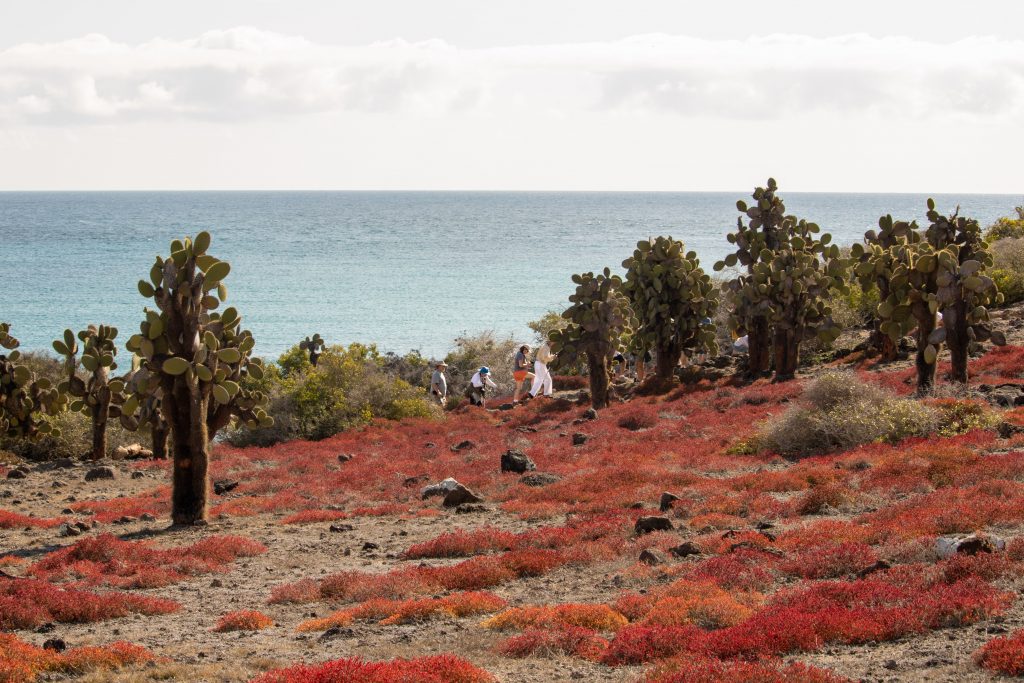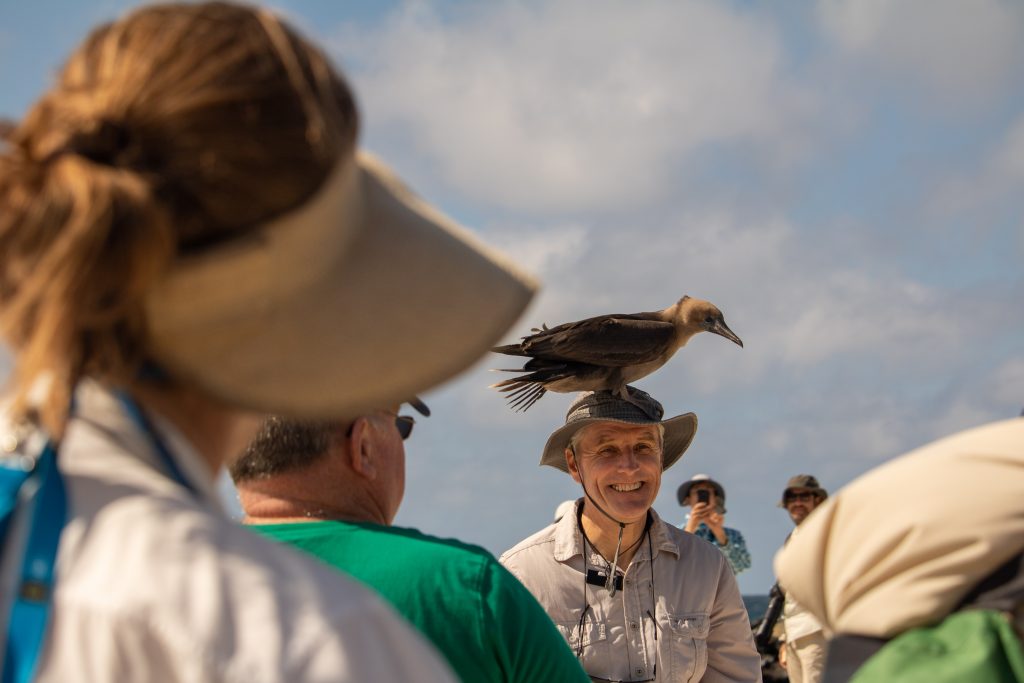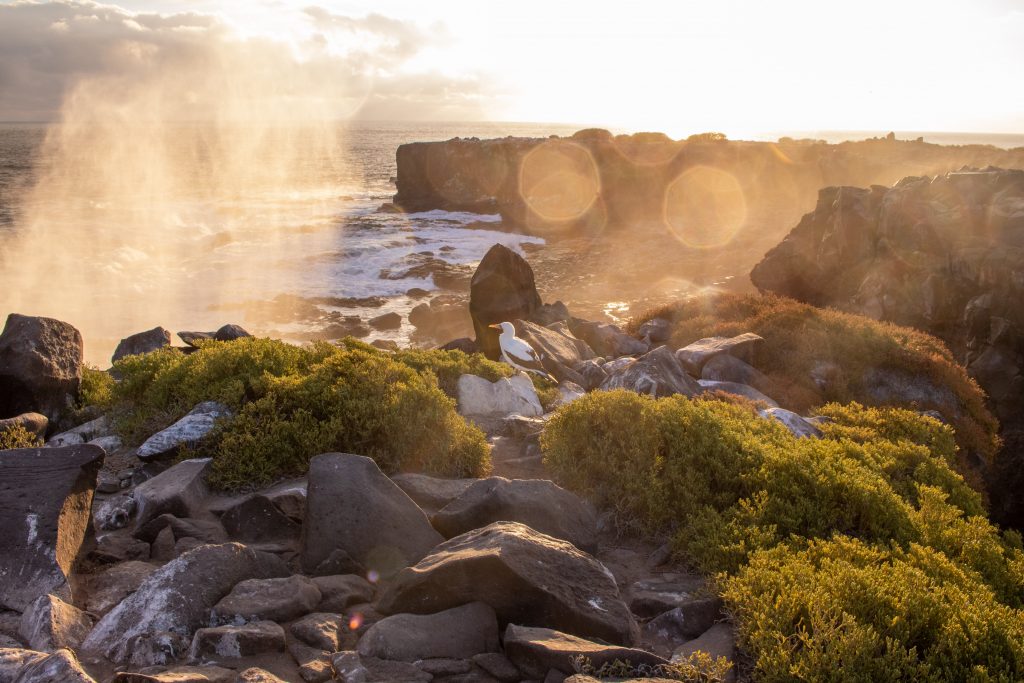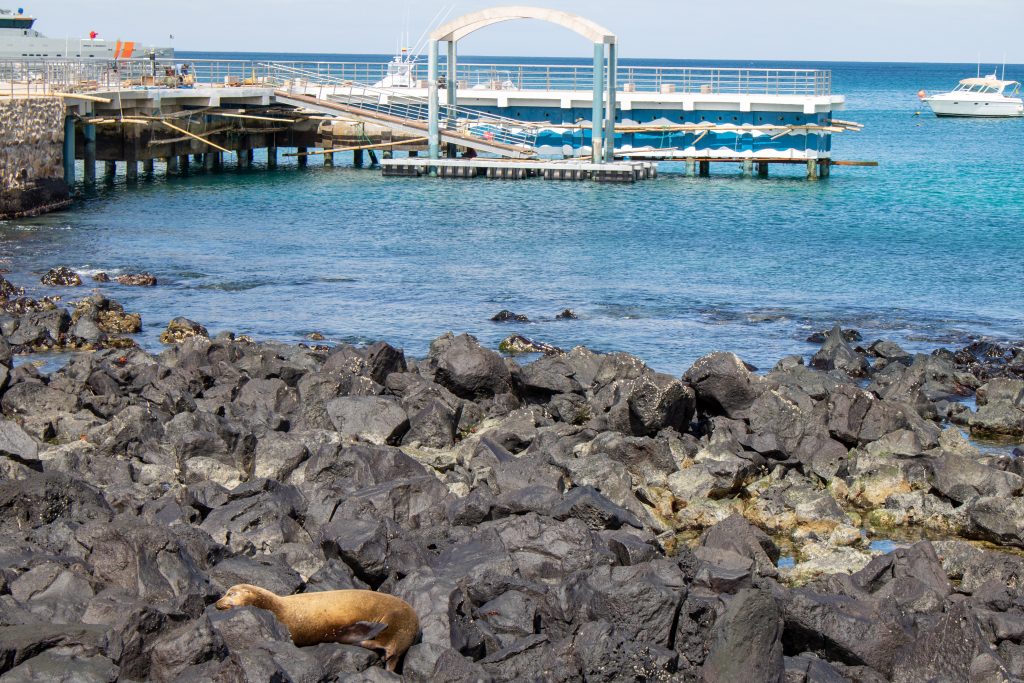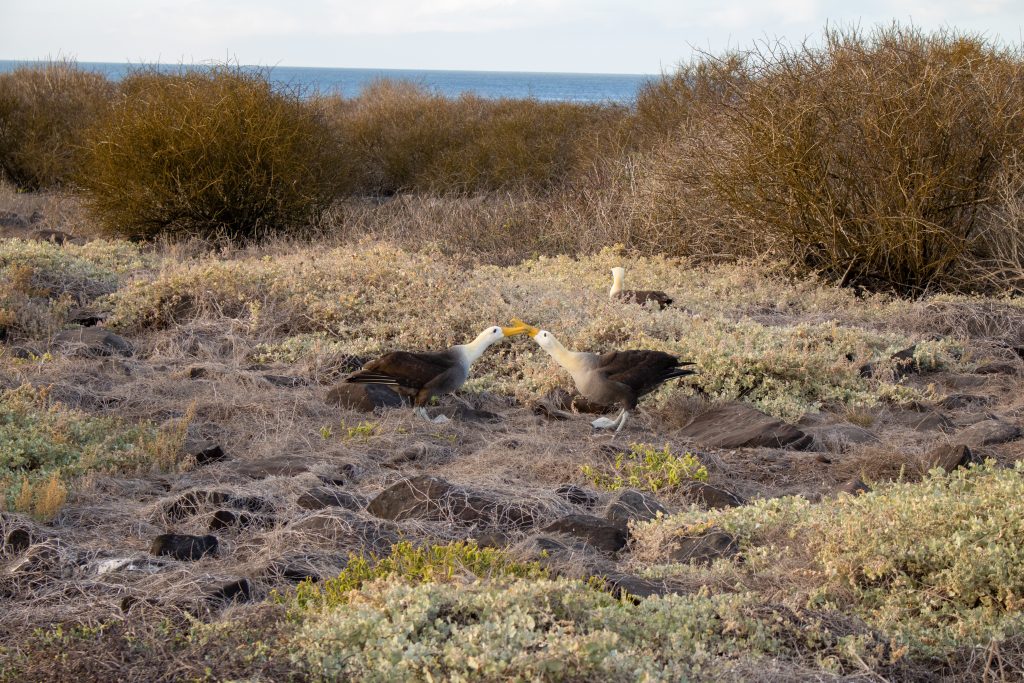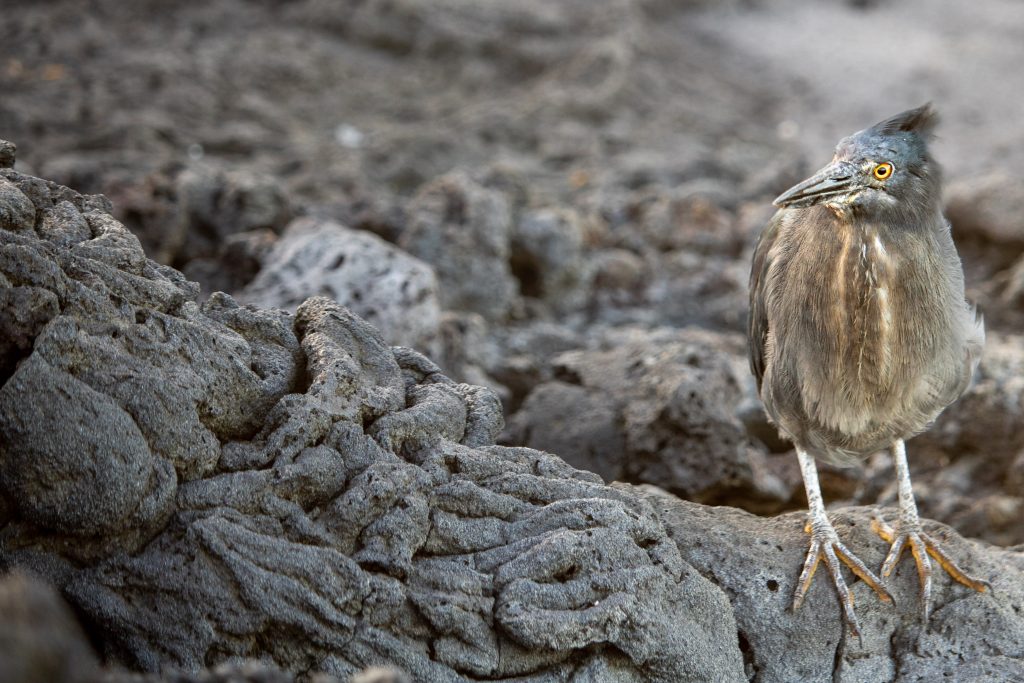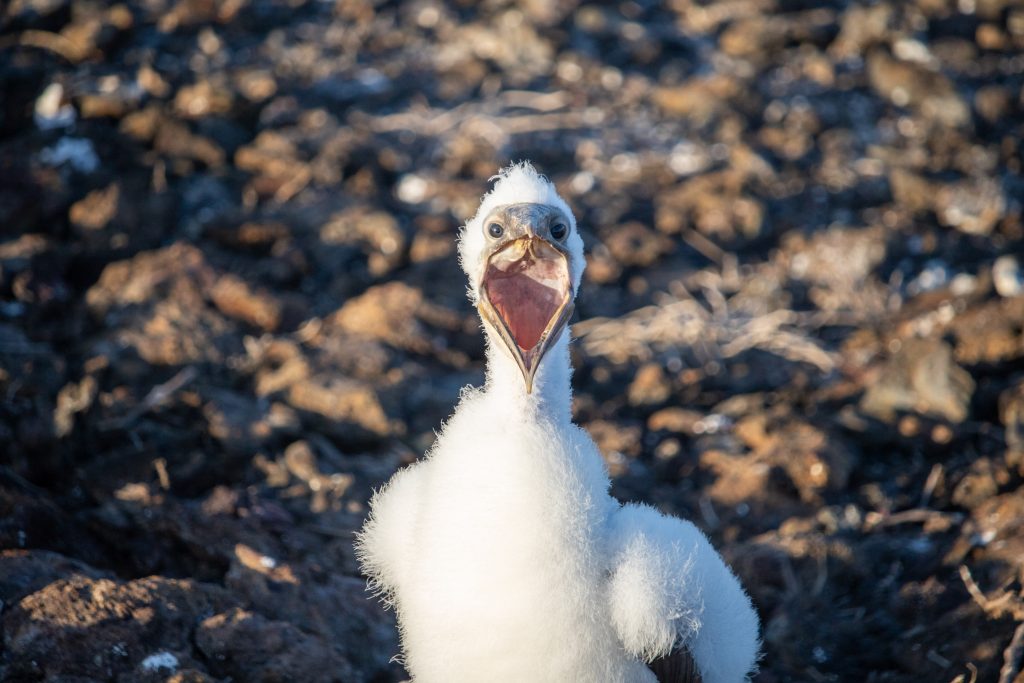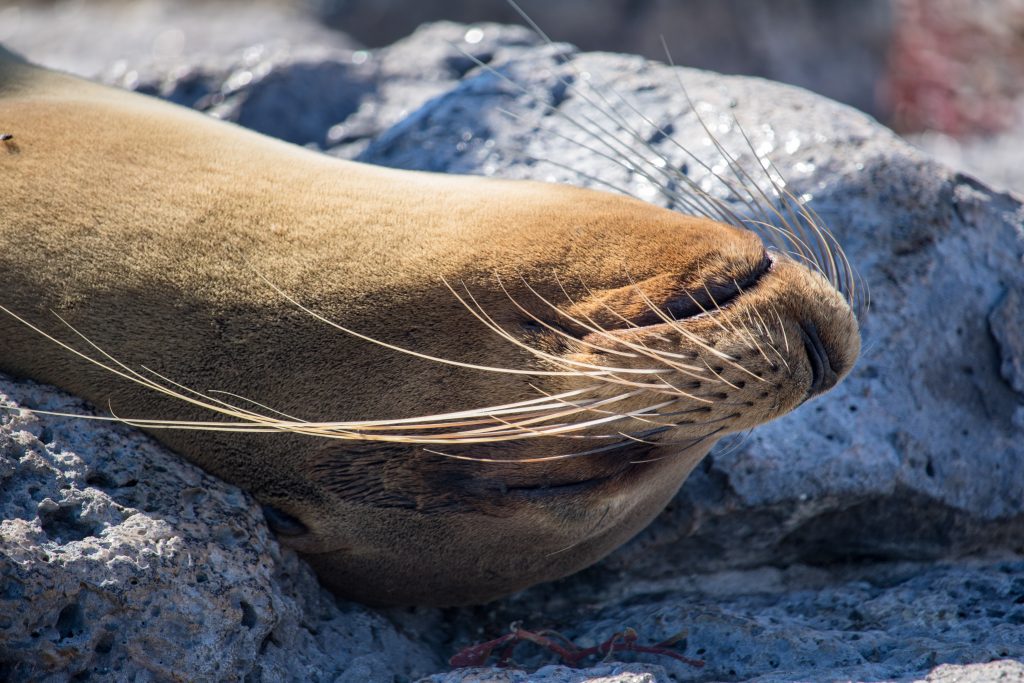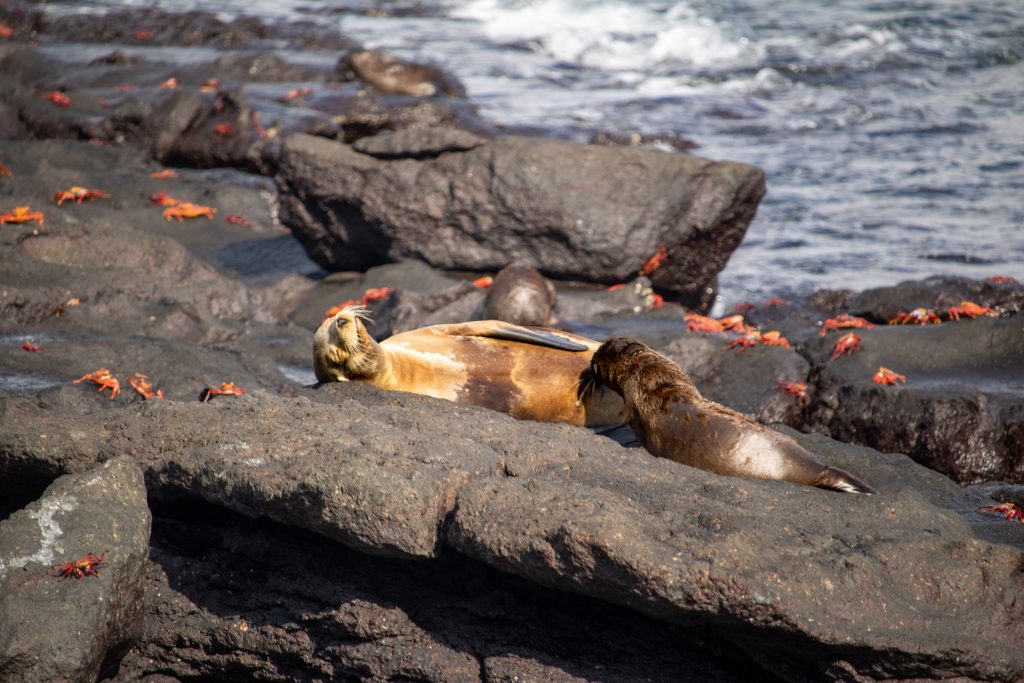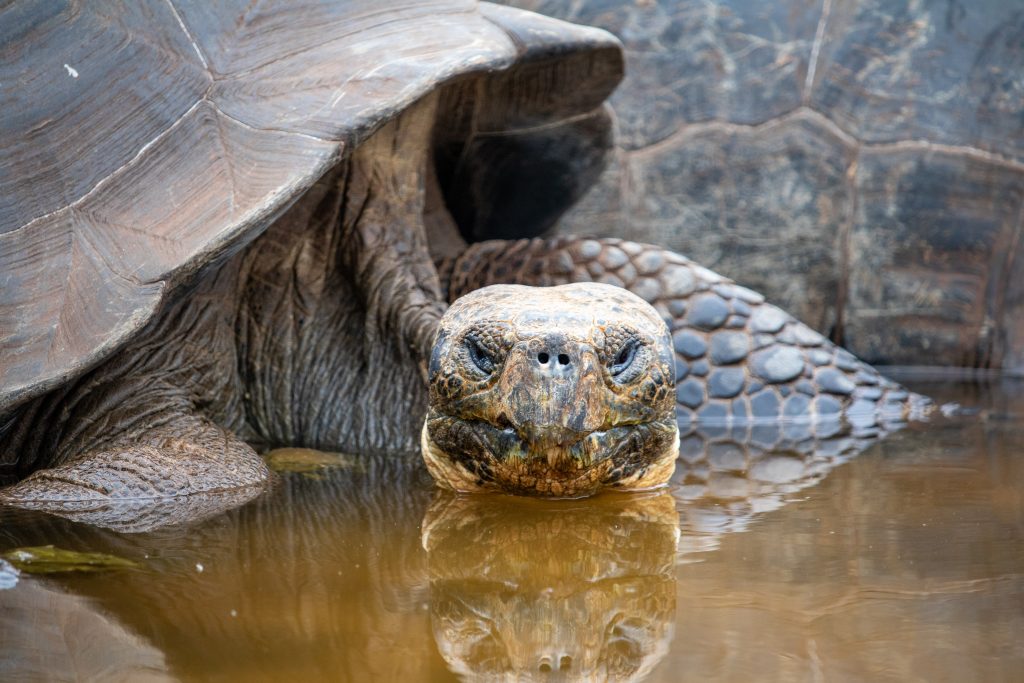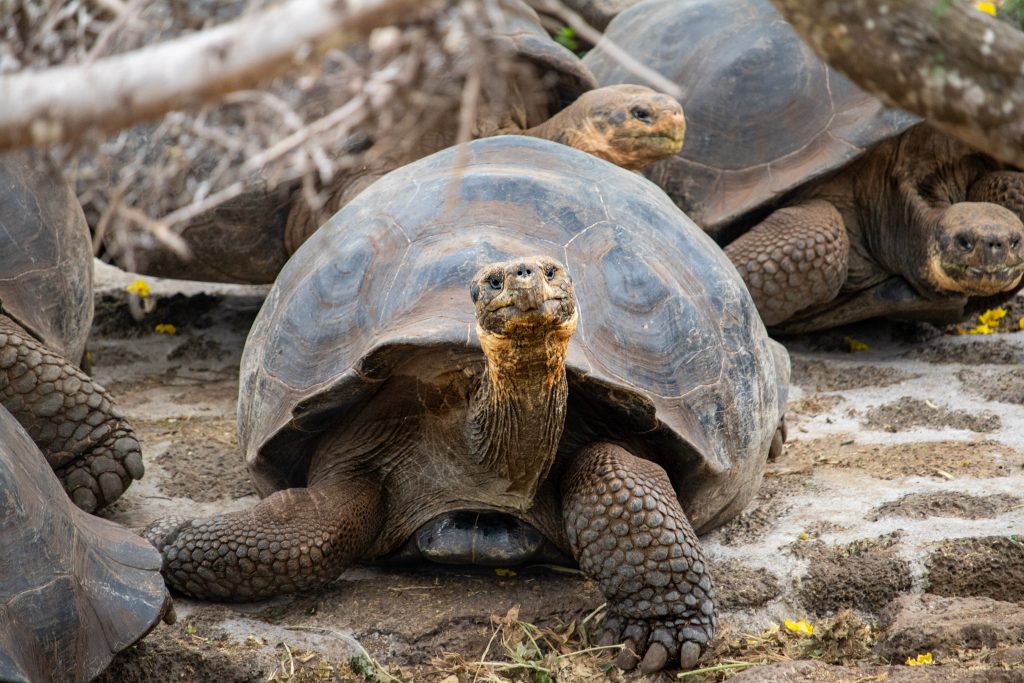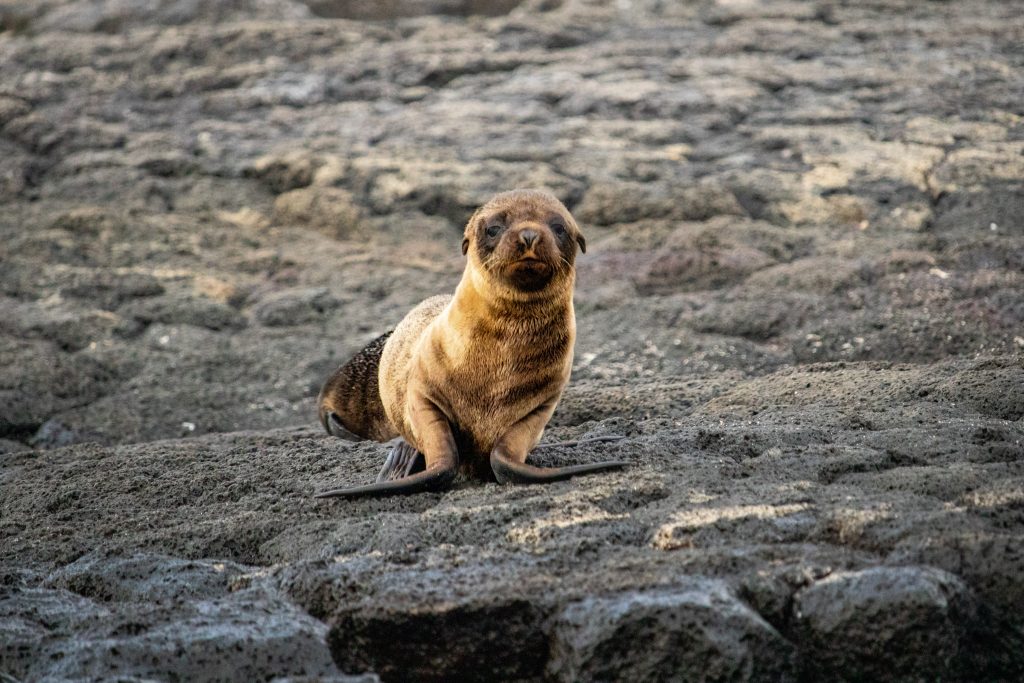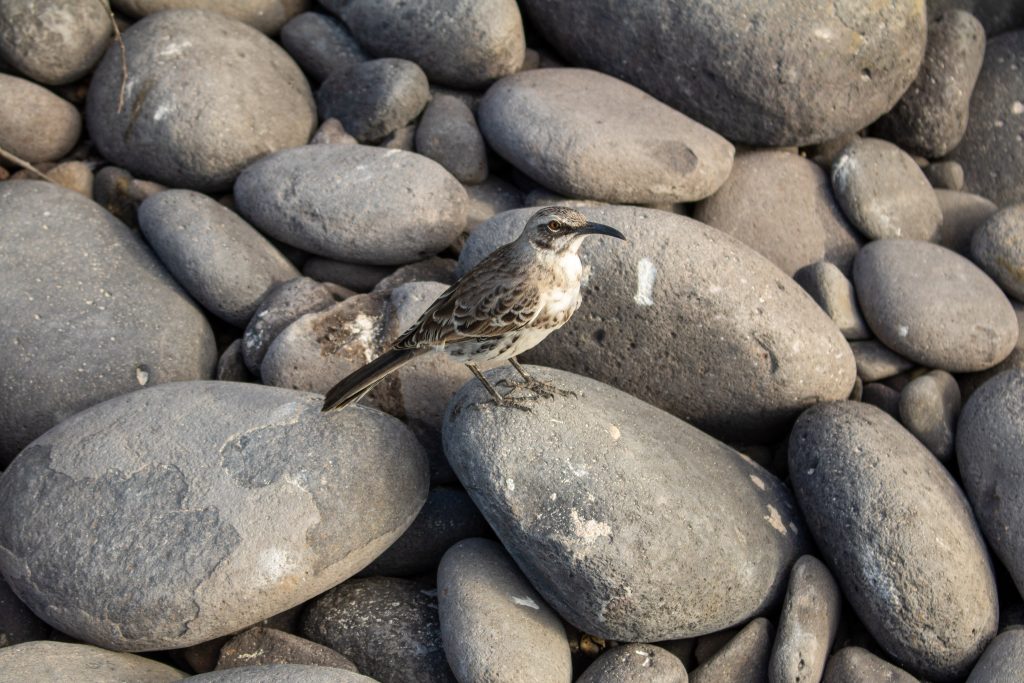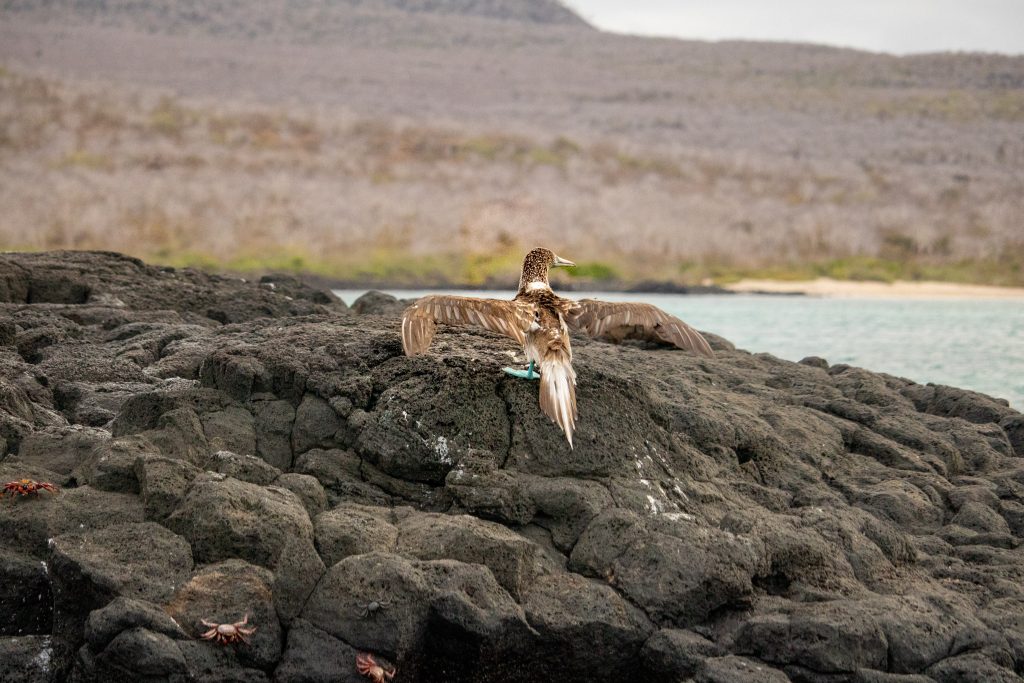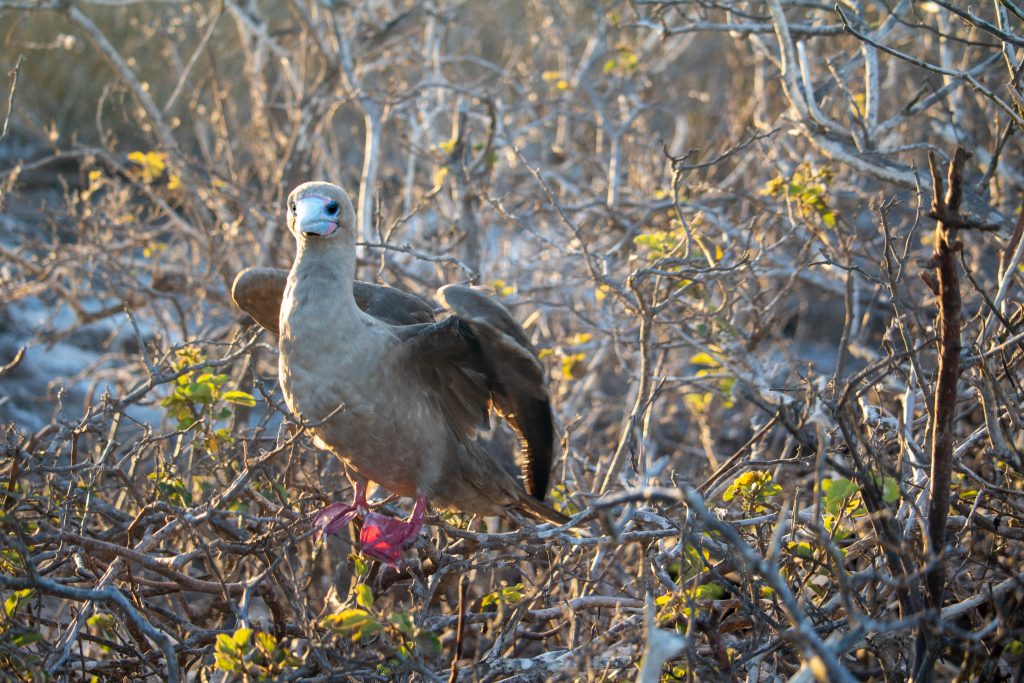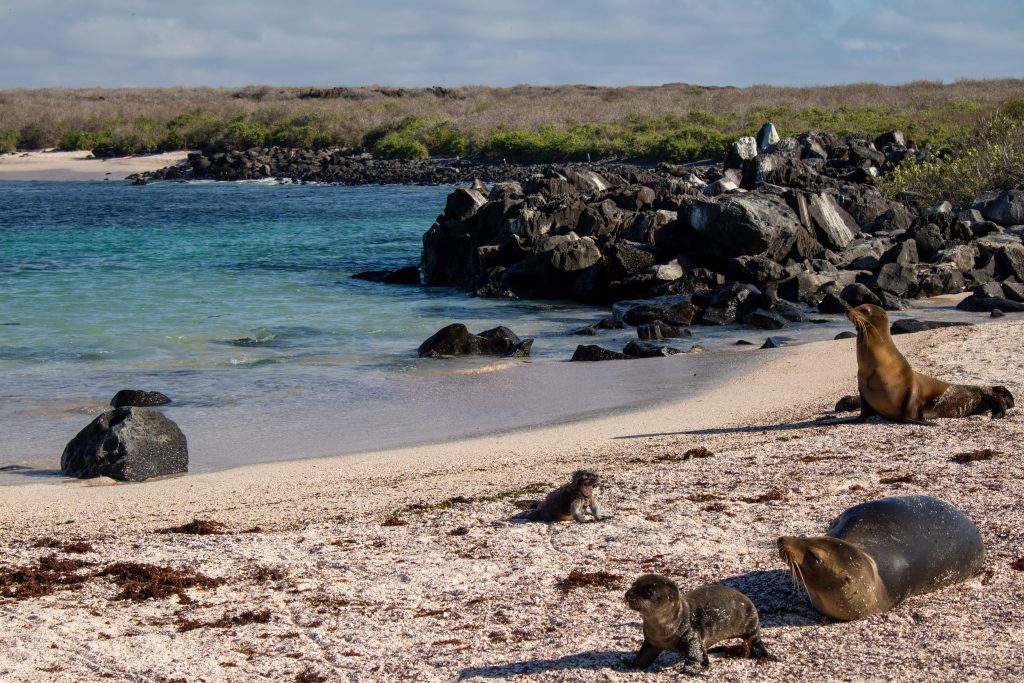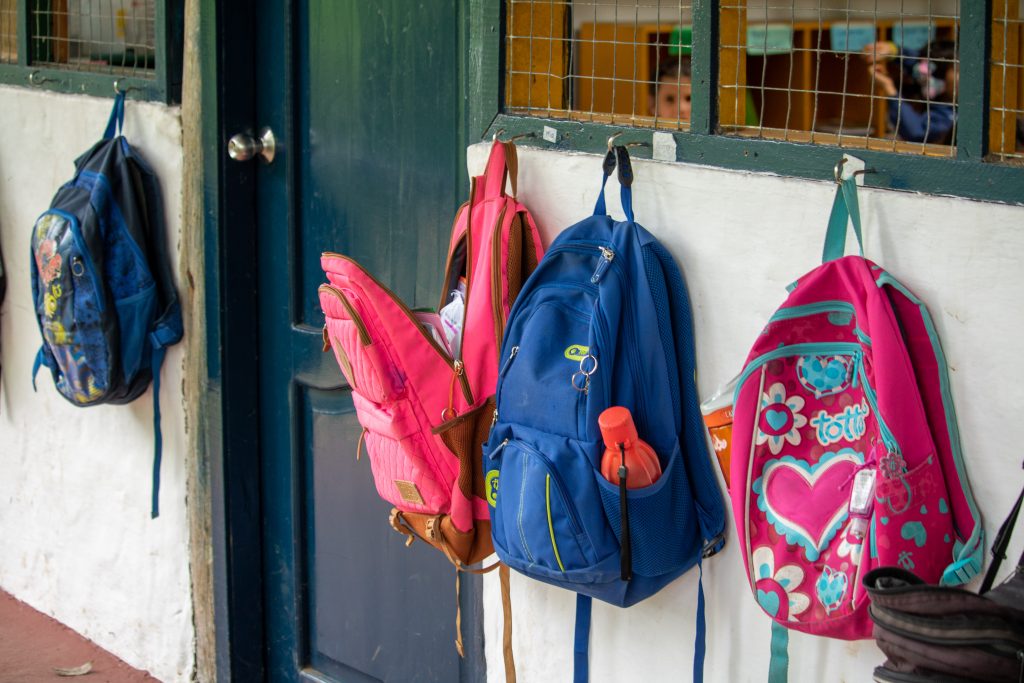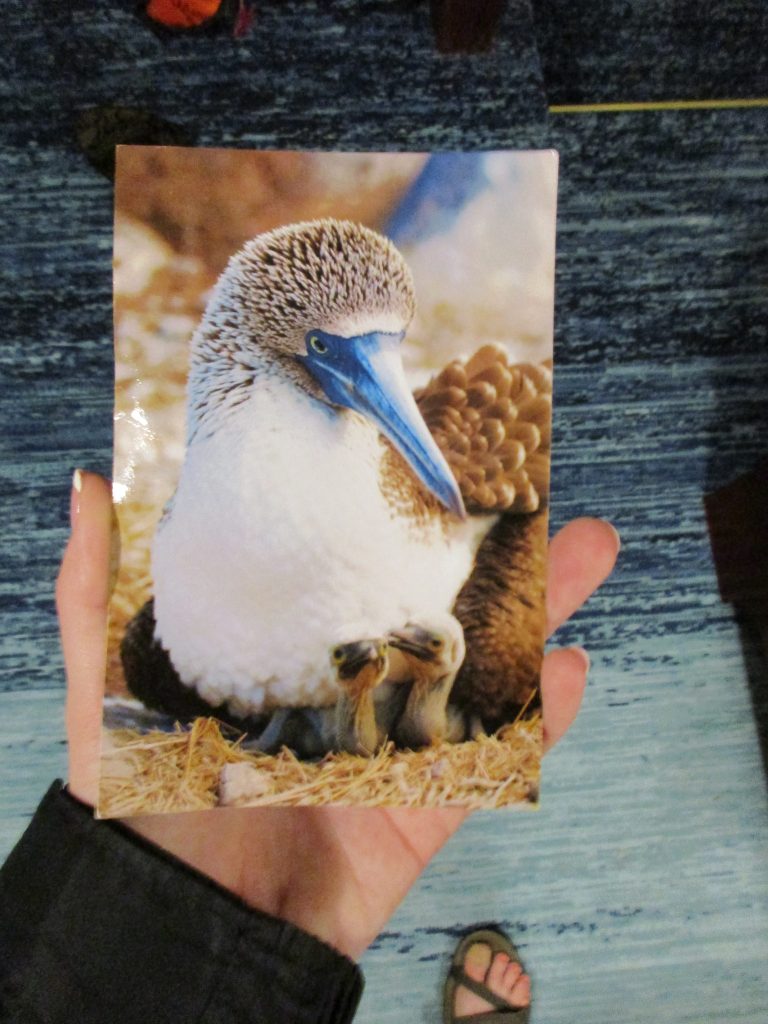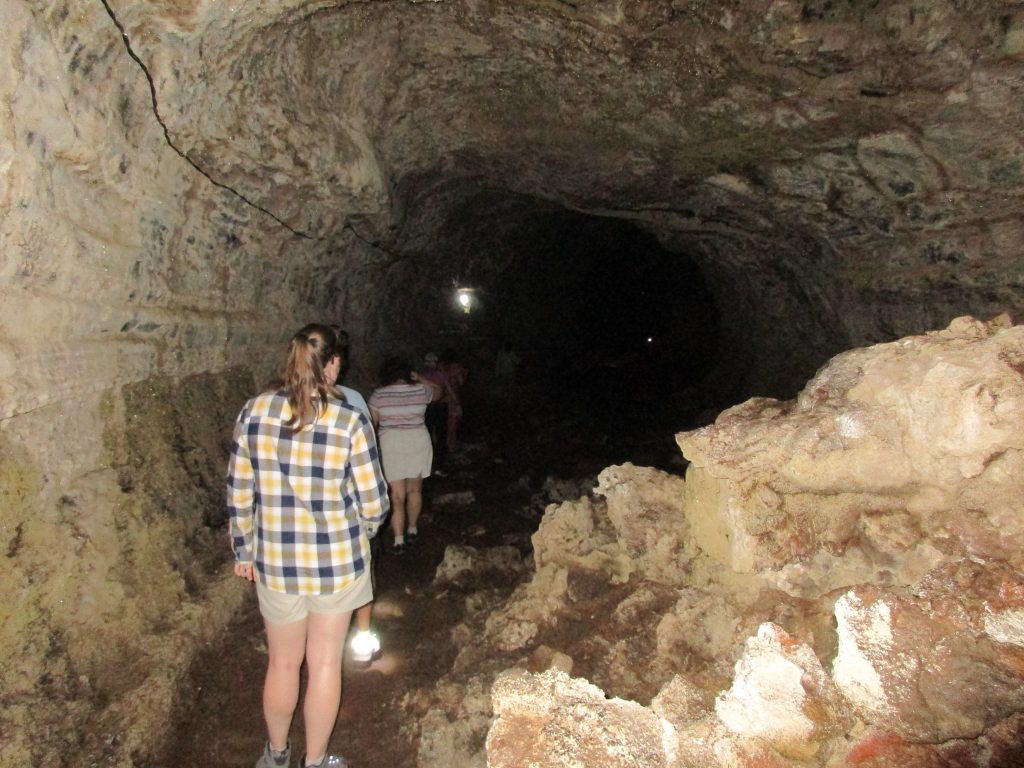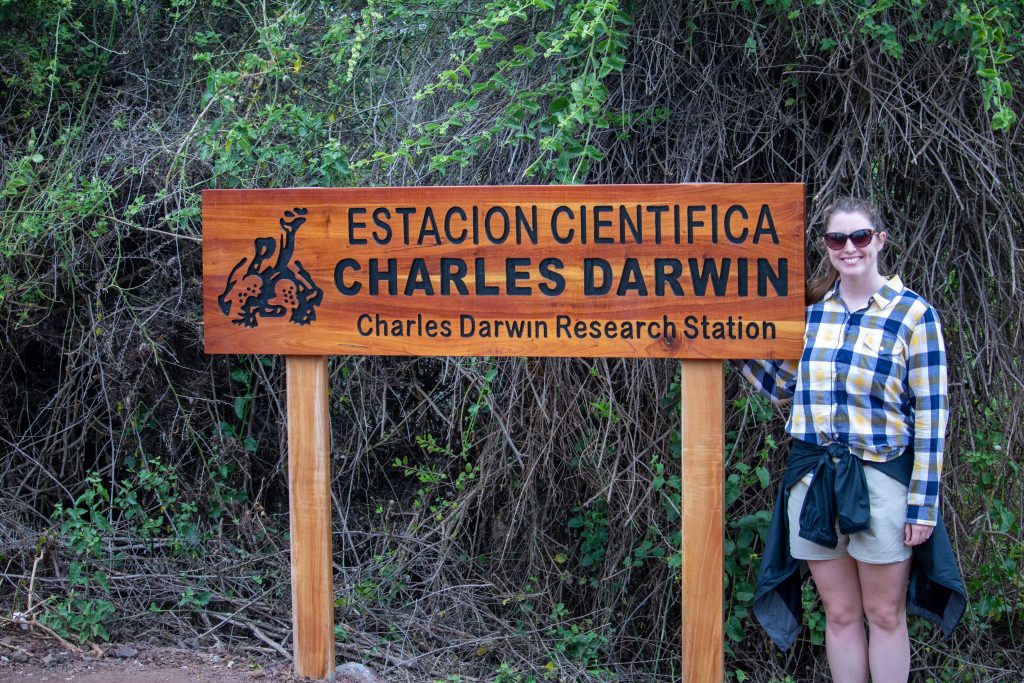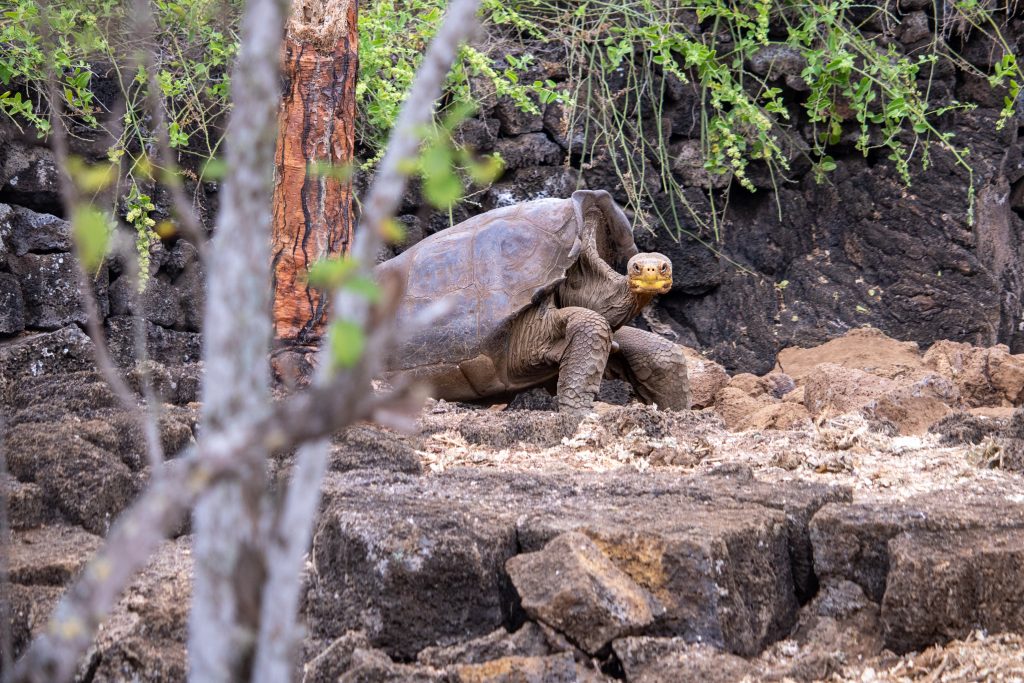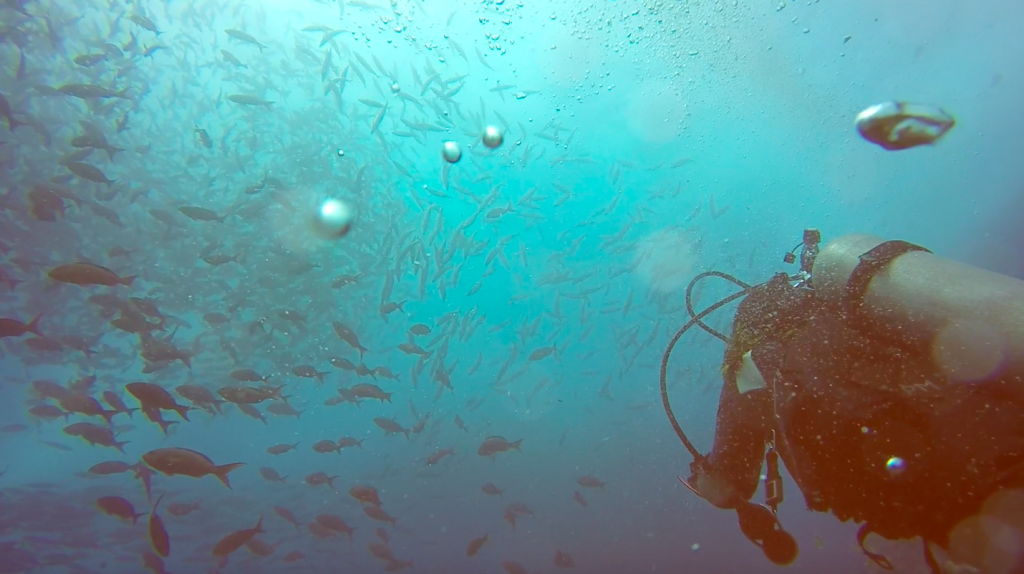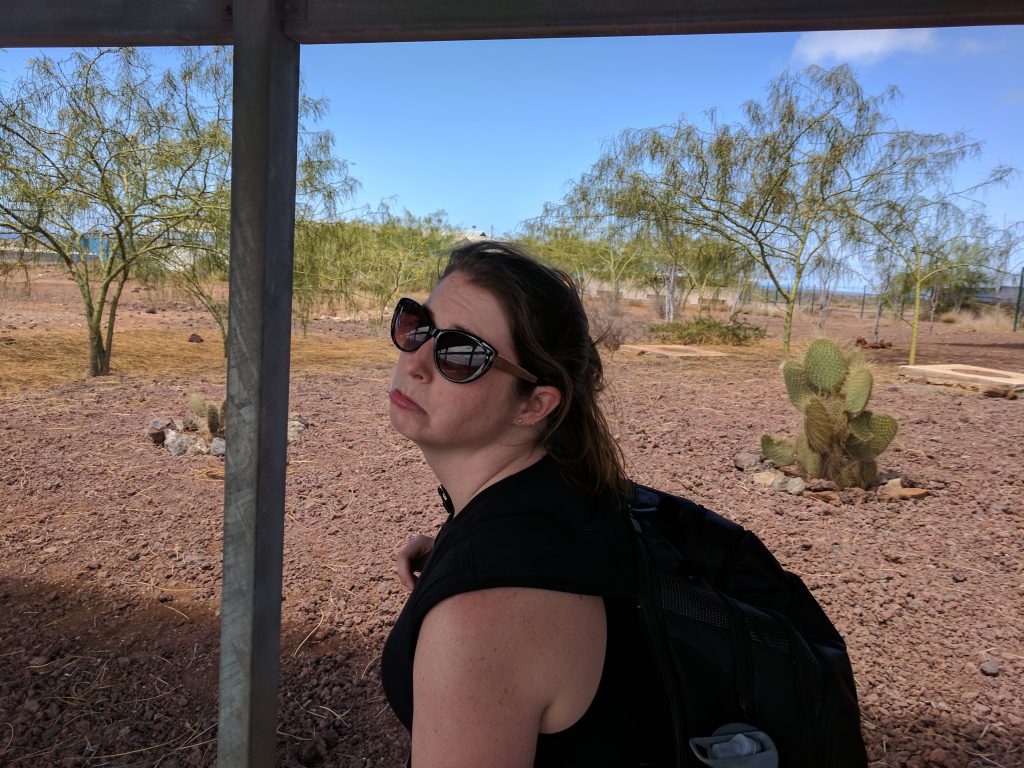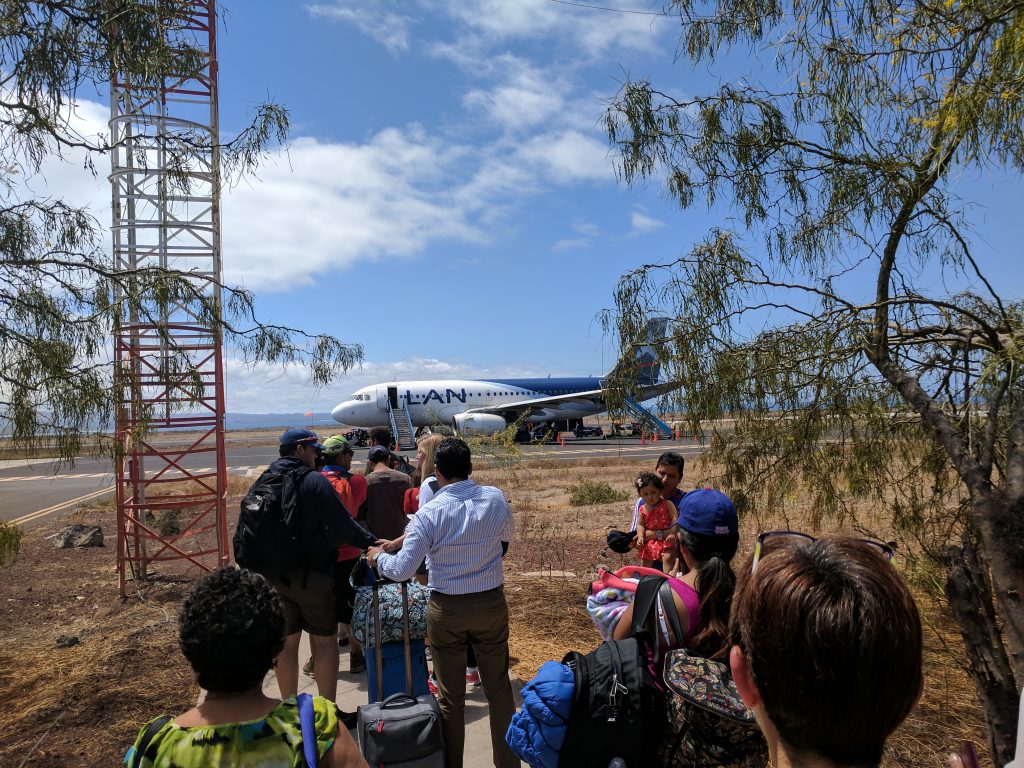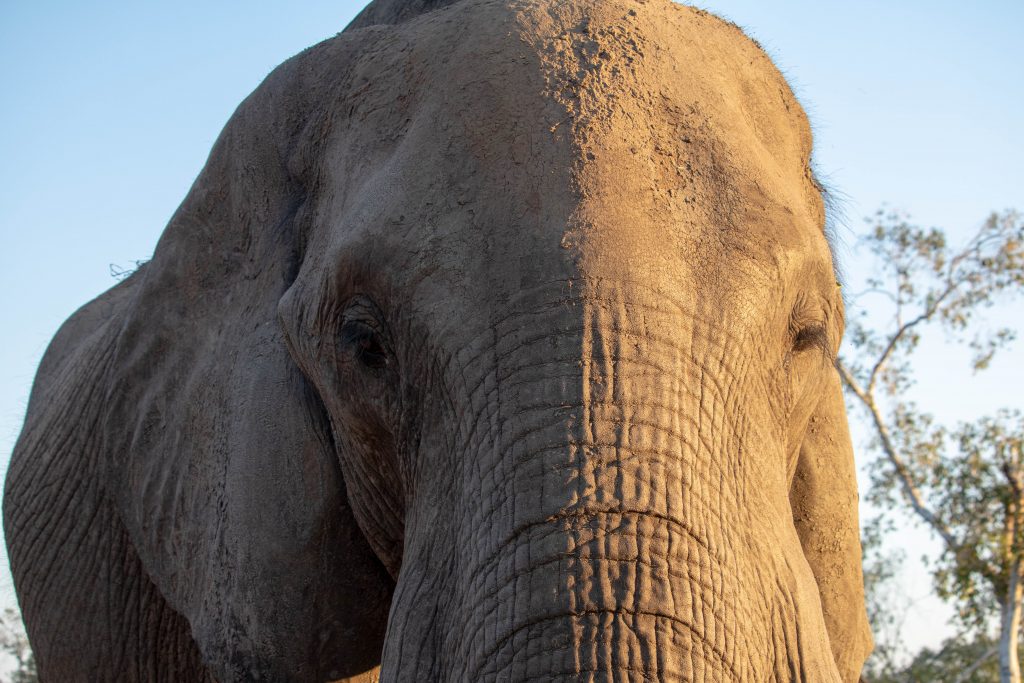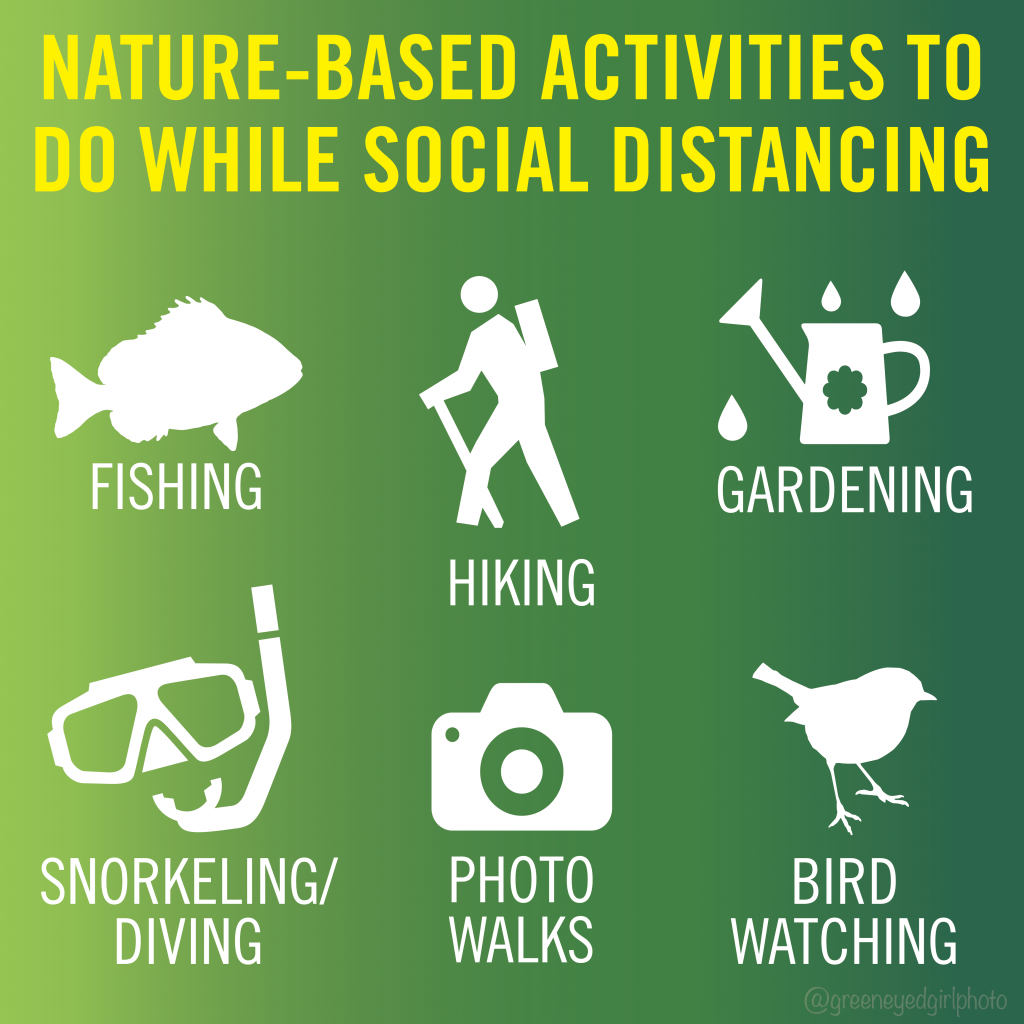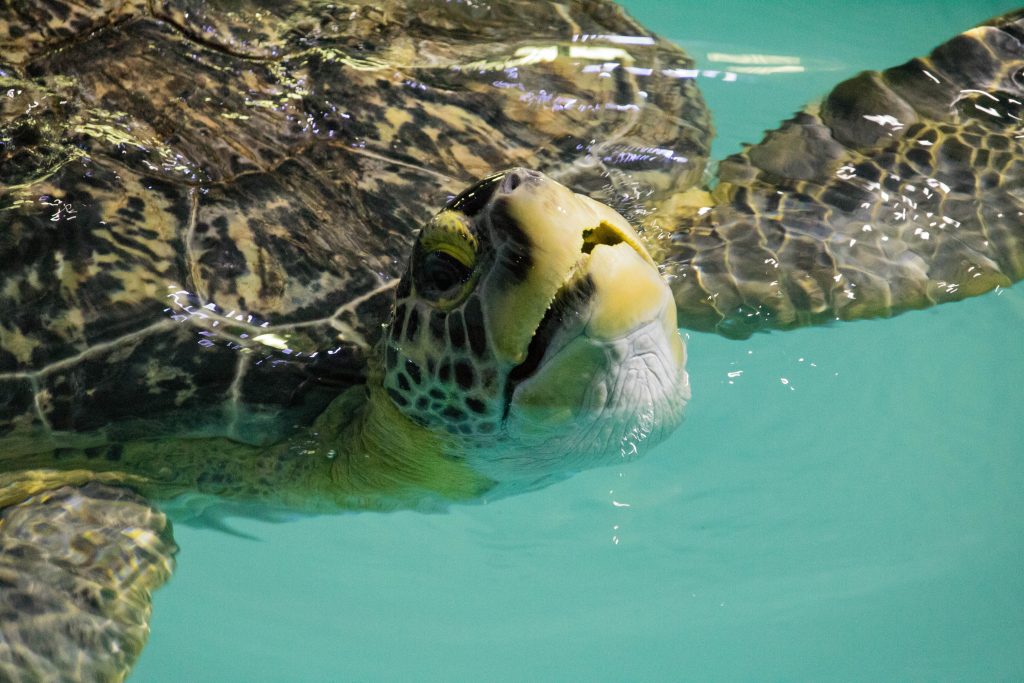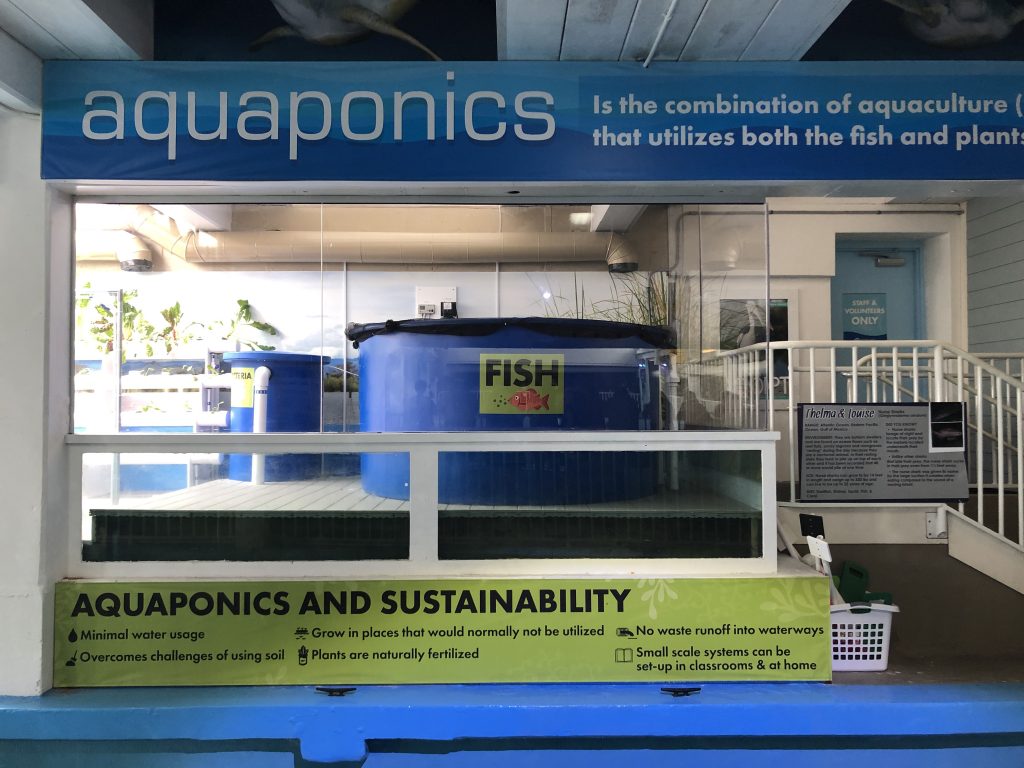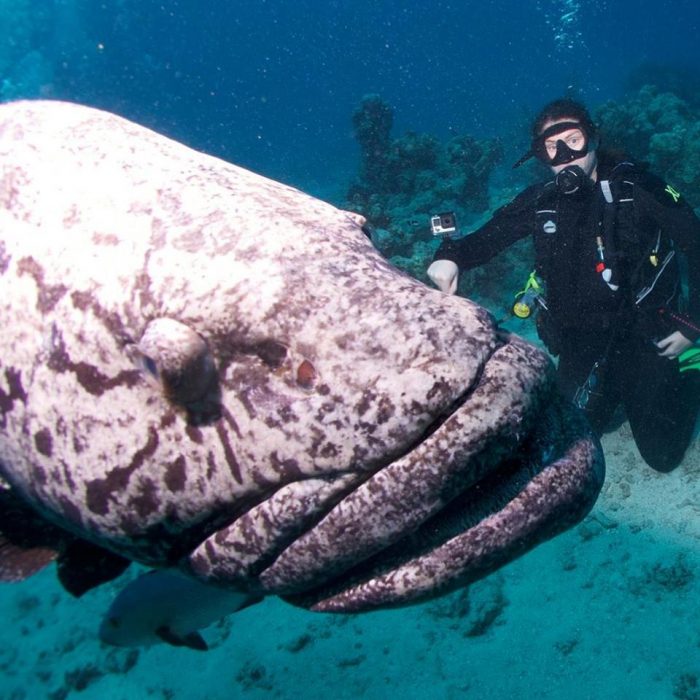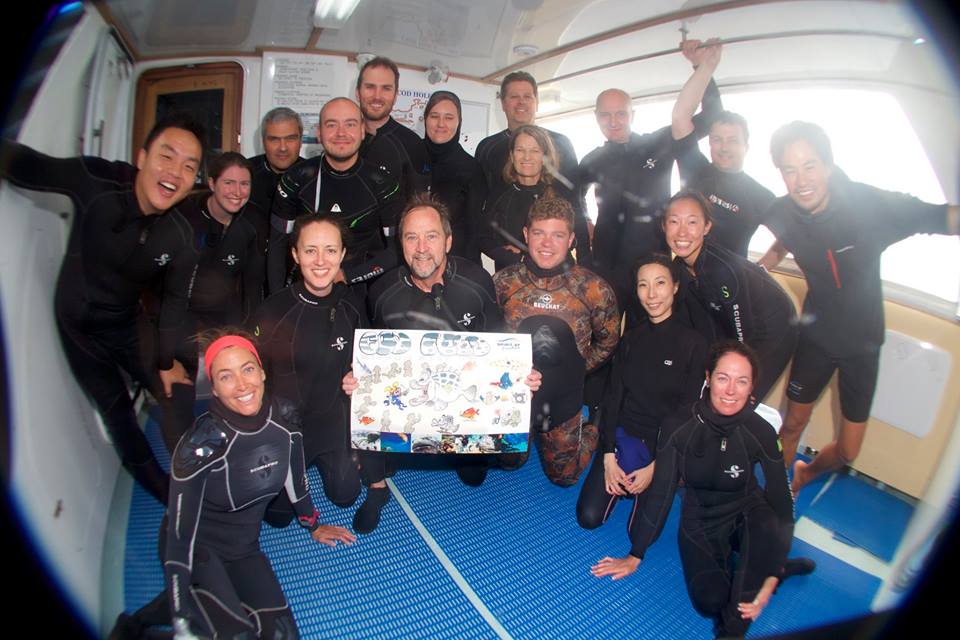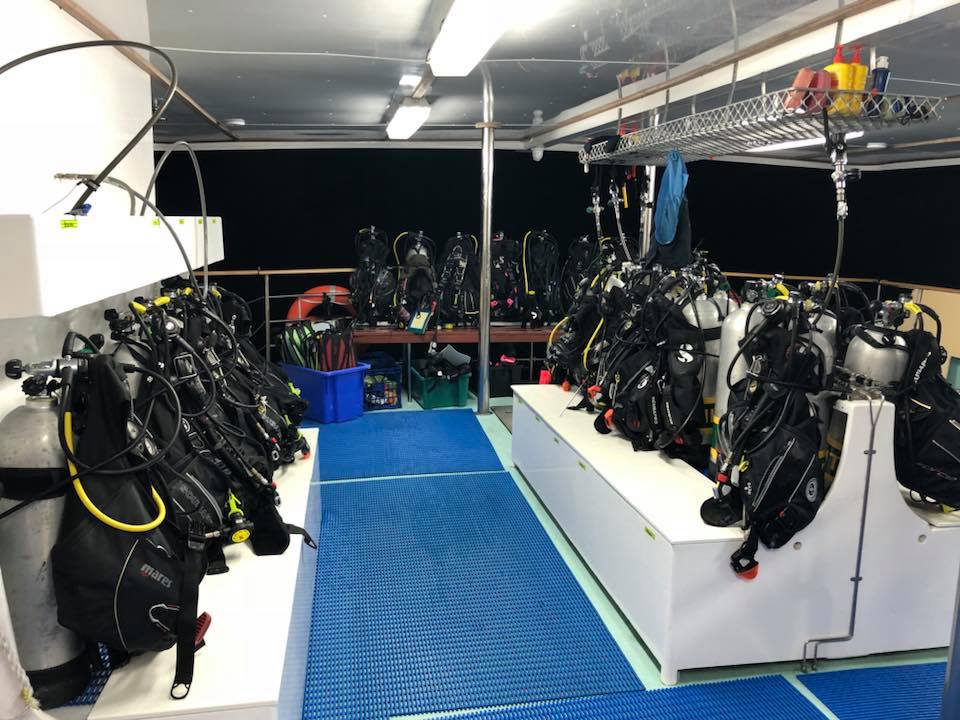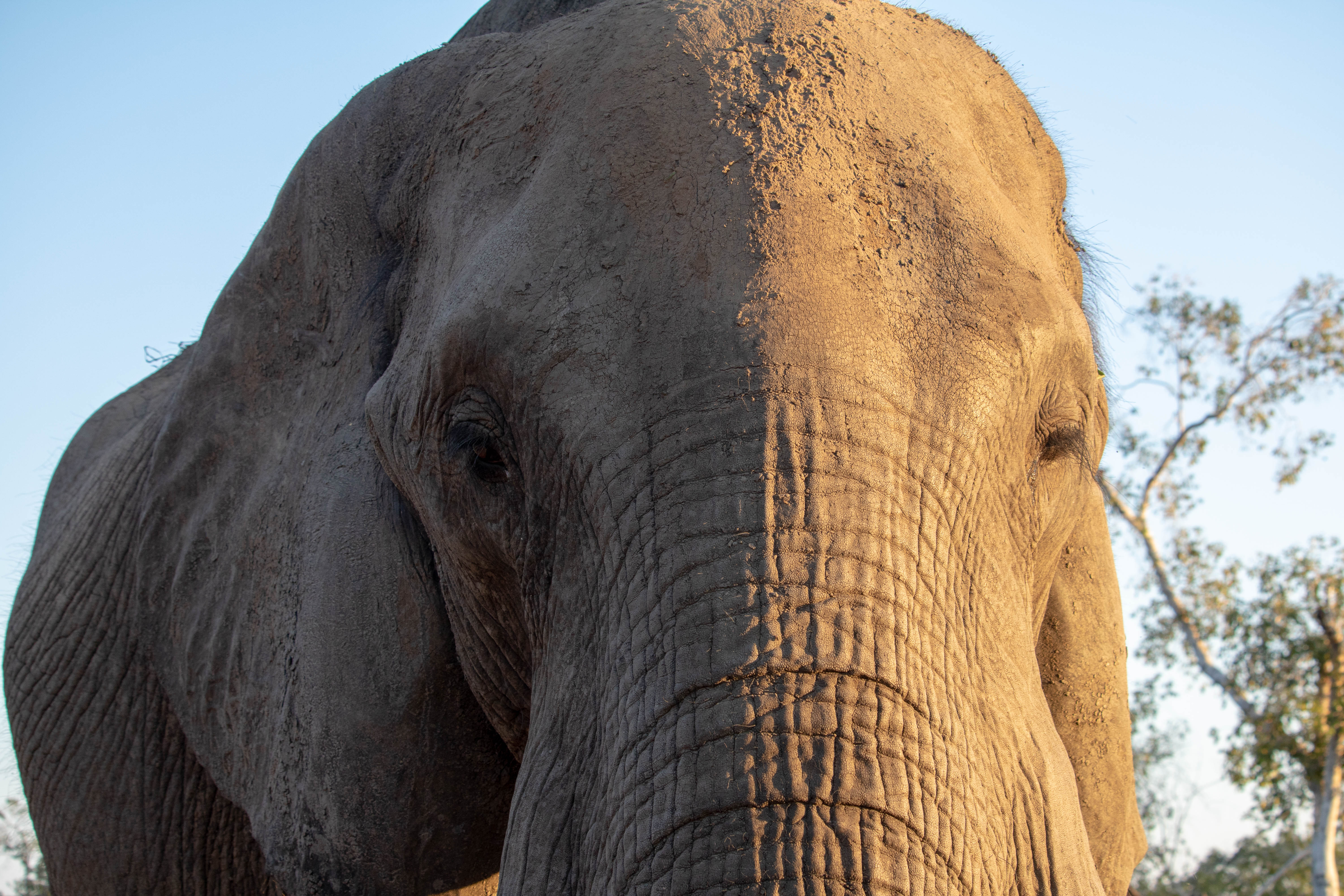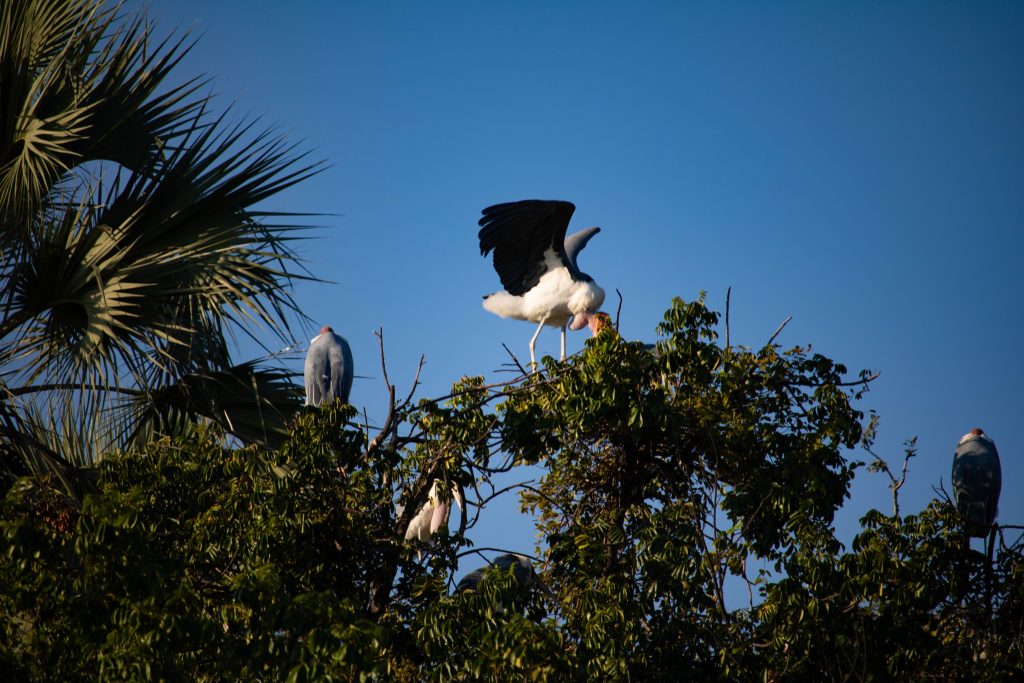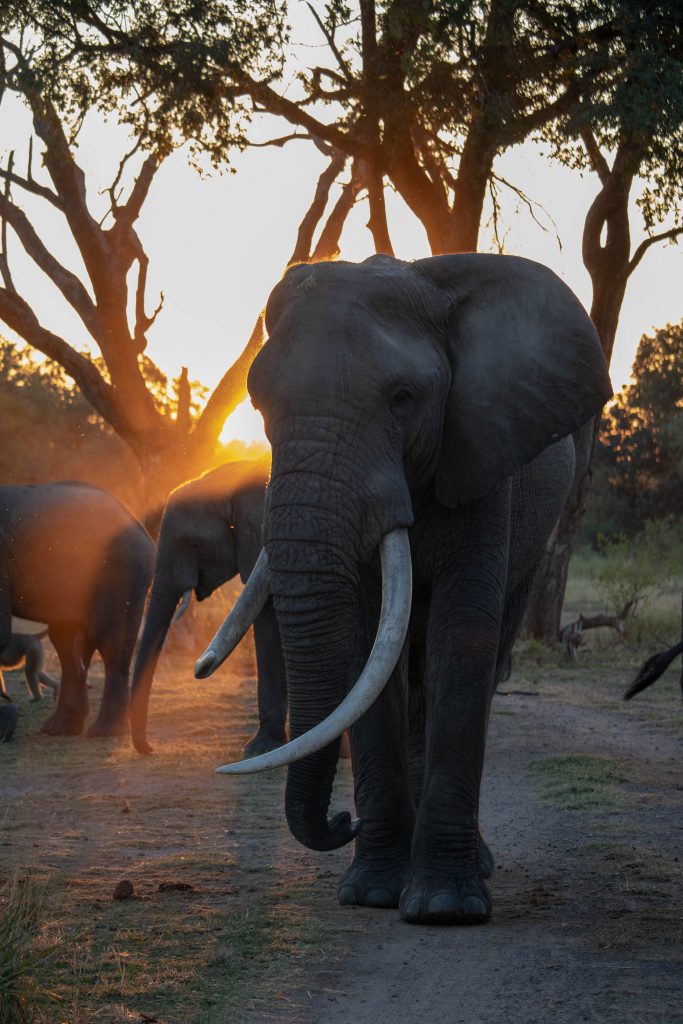Due to the field of work I’m in, I am OFTEN asked “what’s your favorite animal?” I always say , “It depends which one I’m standing in front of!” If I’m standing in front of an elephant, it’s an elephant. If I’m standing in front of a manatee, it’s a manatee. It’s simultaneously that simple and that difficult! Turns out, you don’t NEED to decide, and sometimes there are reasons you happen to love two seemingly unrelated animals. I’ve decided to share 10 Fun Elephant Facts in celebration of World Elephant Day, starting with a fact that explains my love of both Sirenia (manatees) and Pachyderms (elephants).

1. Elephants are related to manatees
If you take a hard look you’ll see that manatees and elephants have almost-identical toenails. Manatees have a semi-prehensile lip used to tear at greens, like an elephant with their trunk. They both also have what’s called “marching molars”, teeth that rotate and replace themselves!
2. Elephants have around 150,000 muscle units in their trunk
What an incredible muscular system!
3. Those tusks on their side of their trunk are actually teeth!
Technically, those tusks are large incisors.
4. There are three different species of elephant
The species are the African Savannah elephant, the African Forest (or bush) elephant and the Asian elephant.
5. They create their own sunscreen!
By rolling around in mud or throwing mud or sand on themselves they protect their thick skin from the sun’s rays.
6. Their communication is complex.
Not only do elephants vocalize and make the sounds we’re used to like trumpeting, but they can also communicate through sounds that create vibrations in the ground, which they may detect through their feet
7. Speaking of feet – Elephants walk almost silently!
Even the largest elephants, up to 13,000 lbs. can be hard to hear coming. Due to their anatomy, not only are they practically walking on tip-toe at all times, they also have soft padded feet. (Next time you’re wearing slippers, tip-toe around and see if anyone hears you coming.)
8. Elephants are warded off by capsaicin
Elephants’ ability to be silent means they can easily wander through farmland at night. One neat innovation being used to ward off elephants from trampling crops is using capsaicin as a deterrent, since they are very sensitive to the smell & feeling. While that might sound cruel, think about the alternatives. Farmers who have lost their entire crops to elephants will look the other way when poachers come.
9. Elephants hate bees!
Another project being used to ward of elephants from crops is bee hives!
10. Around 90% of African elephants have been wiped out in the past century – largely due to the ivory trade.
To learn more, watch my video:
Some of the clips in the above video come from The Elephant Cafe in Zambia. If you enjoyed reading these 10 Elephant Fun Facts, be sure to read my blog on The Elephant Cafe and why it’s an incredible example of sustainable eco-tourism.
